
Starting June 1st, 2023 Our warehouse fee will be $0.65/cubic foot per month
In effort to lower the warehouse storage fee during inflation, we have went narrow aisle racking.This construction took us four months but the project is finally completed. With narrow aisle racking, we are able to drop storage by 24%.We as partners will go through this inflation together.
06/02/2024
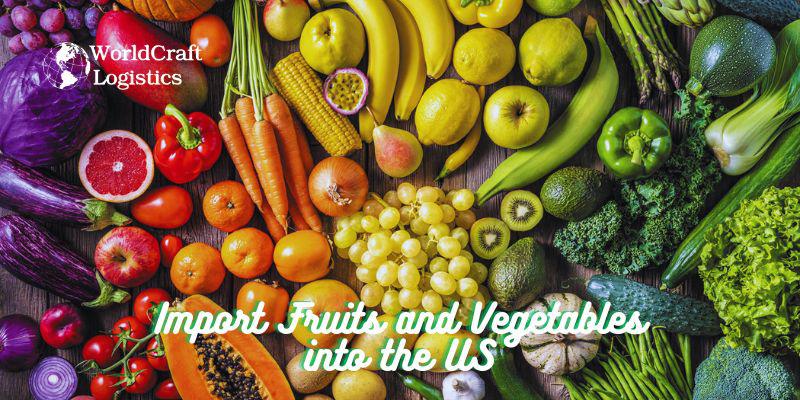
Importing fruits and vegetables into the US is essential for maintaining a diverse, year-round supply of fresh produce. However, this practice faces several challenges. Importers must navigate complex regulations and comply with the Food and Drug Administration (FDA) and the U.S. Department of Agriculture (USDA). Failure to do so means their produce cannot be legally sold in the U.S. market.
The U.S. Customs and Border Protection (CBP) mandates that entities importing fruits and vegetables adhere to FDA and USDA regulations. Importers need phytosanitary certificates, Animal and Plant Health Inspection Service (APHIS) plant permits, and must ensure their produce meets the standards set by U.S. regulatory agencies.
Importing goods into the USA is a complex process, involving numerous documents and regulations to clear customs.
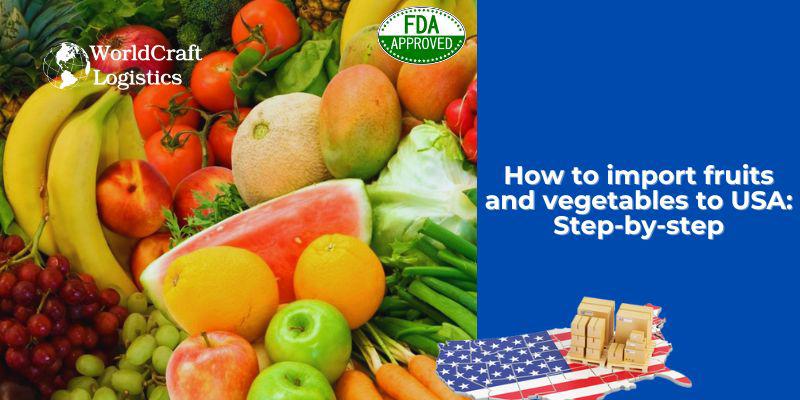
To streamline this process, here are the essential import requirements for nearly every shipment:
This receipt details all costs and fees, along with the names and addresses of the importer and supplier, and information about the country of origin.
This key document includes contact information for all parties, billing details, and special instructions. It also acts as a contract between the shipper and consignee.
Essential for importing fresh or frozen fruits and vegetables, this bond ensures the CBP receives all owed duties and fees. Importers must choose between a single entry or continuous customs bond.
The process continues with electronically filing CBP Form 3461, the customs release form, before the import reaches the port. Within ten days, CBP Form 7501, the customs entry form, must be filed to detail the imports and calculate final duties and taxes after inspections.
This document provides the consignee with information about additional fees, inspections conducted, and special pick-up instructions.
With this basic knowledge about importing, we can dive into the specifics of importing fruits and vegetables in the next sections of the article.
Thereby, Worldcraft Logistics would like to suggest some related articles for readers to refer to:
👉 How to import rice to USA: A Step-by-Step Guide
👉 How to ship frozen food and other refrigerated SAFELY avoid damage
Let's explore with Worldcraft Logistics the benefits of importing fruits and vegetables and the reasons why some produce firms choose to do so rather than growing them locally.
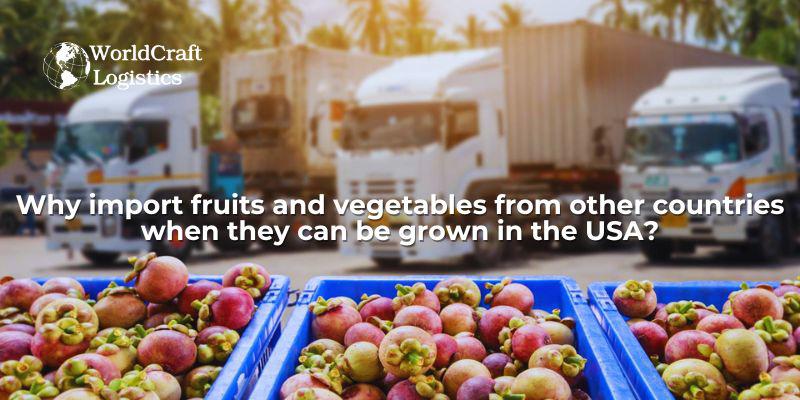
The import-export dynamic stimulates economic growth by creating employment opportunities across various skill sets. Additionally, given the substantial government subsidies injected into America's agriculture sector annually, strategic importation of fruits and vegetables has the potential to alleviate the burden on taxpayers.
Importing produce can sometimes prove more cost-effective than local cultivation, particularly due to favorable foreign exchange rates. For instance, Mexico's avocado industry offers a more affordable alternative compared to cultivation in California, as evidenced by the significant proportion of avocados the U.S. imports from Mexico.
Moreover, producing certain crops in regions with favorable conditions outside the U.S. can be more energy-efficient. This dual benefit of cost savings and environmental sustainability makes importing a viable option for produce businesses.
Primarily, imported food often boasts superior quality. Seasonal fluctuations, particularly evident in winter, significantly impact crop conditions, affecting both quality and quantity. Consequently, many businesses choose to import produce from regions boasting optimal conditions, ensuring consistent supply to meet consumer demands.
Furthermore, imported food undergoes stringent regulation by bodies such as the USDA, ensuring adherence to high standards. Rigorous hydroponic quality checks, including biological pest control, are standard practices for imported produce.
Imported food diversifies consumer options, catering to the growing interest in nutritious diets. With changing weather patterns and climatic challenges, sourcing certain foods domestically becomes increasingly difficult, making imports an attractive solution.
By embracing imports alongside domestic production, produce businesses can capitalize on quality, cost efficiency, consumer choice, and economic stimulation, ensuring a robust and sustainable supply chain.
Imported produce is regulated by APHIS, a division of the USDA.
Specifically, the APHIS National Plant Protection Organization (NPPO) handles the import of plants such as fruits and vegetables, alongside the Agricultural Marketing Service (AMS).
Individuals seeking to import vegetables and fruits into the United States must also obtain the necessary certifications and permits.
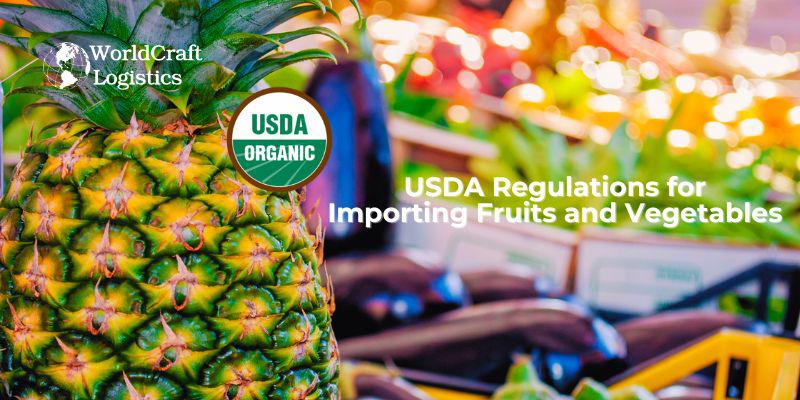
To be accepted into a U.S. port of entry, your imports must have an official phytosanitary certificate from their country of origin. Issued by the exporter, this document informs APHIS that the foreign agency inspected and, if needed, treated the shipment before departure.
This certificate serves as proof that all appropriate steps were taken to meet U.S. regulations. Additionally, it provides the scientific names of the individual plants.
Most fruit and vegetable imports will require a permit from the NPPO’s Plant Protection Quarantine (PPQ) program. This initiative aims to safeguard the U.S. agricultural supply from contamination.
To obtain this permit, applicants must complete PPQ Form 587, ensuring they meticulously follow the provided instructions to avoid rejection.
Applicants must supply standard shipping details along with additional information such as the country of origin and plant types.
If an import permit is denied, it could be due to errors in the form. In such cases, a customs broker can assist in accurately completing the paperwork.
Each type of fruit or vegetable is subject to specific regulations based on factors such as:
👍 Pest infestation
👍 Pollution contamination
👍 Country of origin
Certain fruits and vegetables must enter through designated ports, while others can pass through any convenient port. Import regulations vary according to season, pest presence, and international trade rules.
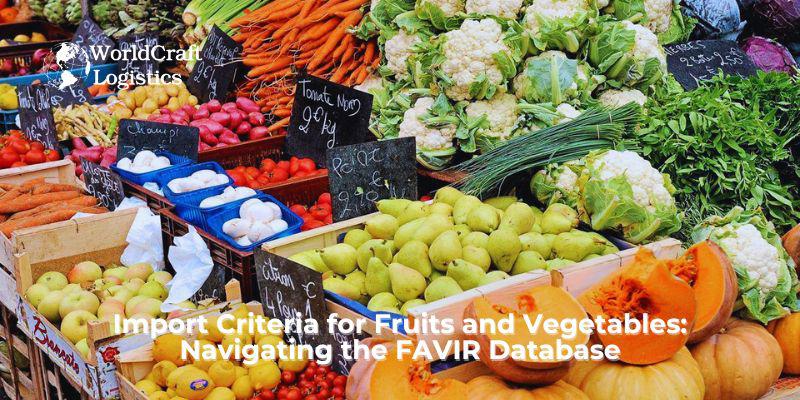
To alleviate confusion in importing specific produce, APHIS launched the Fruits and Vegetables Import Requirements (FAVIR) Database. This database provides detailed entries for each type of produce and their eligible source countries, constantly updating with the latest information to ensure reliable sourcing and importation.
One notable feature is the All Countries List, which preapproves certain fruits and vegetables for import into the U.S. from any country, eliminating the need for an APHIS import permit. The database also issues emergency notifications about changes in commodity or country requirements.
The FAVIR Database is invaluable for Customs personnel and importers alike, offering CBP agents a quick reference guide to determine which produce can be imported and which cannot.
The FDA plays a key role in the import process, working alongside CBP and USDA to monitor, inspect, and regulate fruit and vegetable imports. Together, the FDA and USDA ensure that domestic and foreign quality standards align closely, simplifying the import process for traders.
The Food and Drug Administration (FDA) is the next regulatory body involved in the process of importing fruits and vegetables into the United States. It collaborates with Customs and Border Protection (CBP) and the U.S. Department of Agriculture (USDA) to establish specifications ensuring all fruit and vegetable imports are thoroughly monitored, inspected, and regulated to meet safety and sanitary standards.
The FDA also partners with the USDA to ensure that imported fruits and vegetables are not held to a higher standard than domestic products, promoting continued trade with other countries.
Prior notice is essential for preventing contamination in the food supply from agricultural pests, diseases, and bioterrorism. Importers must submit this notice to the FDA no more than 15 days before the shipment of fruits or vegetables is expected to arrive at the U.S. port of entry. This requirement applies to all food items being imported into the United States, ensuring the FDA and CBP have adequate time to prepare for the incoming shipment.
The document must include information such as the country of origin, registration numbers of any facilities involved in packing and handling, and the names of any countries that have refused the import. This helps CBP make informed decisions about the risk factors associated with the import.
There are two online portals for submitting this document. The CBP Automated Broker Interface allows importers to leverage the existing connection between CBP and FDA, making it easy to submit alongside other documents, keeping everything organized. Alternatively, the Prior Notice System Interface (PNSI) allows for direct submission to the FDA, bypassing the CBP portal.
While the FDA prefers online submissions, faxing or delivering documents to the Division of Dockets Management is also an option.
In 2002, the FDA mandated that all food facilities register in line with the Public Health Security and Bioterrorism Preparedness and Response Act. These "food facilities" encompass any operation involved in the manufacturing, processing, packing, storage, or handling of food products. Farms are the only exception to this registration requirement.
To register a food facility, individuals or companies must submit additional documentation via the FDA Industry System (FIS), enabling online filing. Completion of the registration process requires facilities to permit the FDA to conduct regular inspections, ensuring ongoing compliance with food safety regulations. If the FDA finds any violations, they have the authority to revoke the facility's registration. These registrations must be renewed every two years.
The registration number of all food facilities associated with the import of fruits and vegetables must be included on the BOL.
Considerable deliberation goes into the labeling of fruits and vegetables, adhering to stringent regulations mandated by the FDA for both bulk shipments and retail packaged produce. Even the minute stickers adorning bananas and other produce fall under FDA scrutiny, ensuring compliance with approved food contact materials.
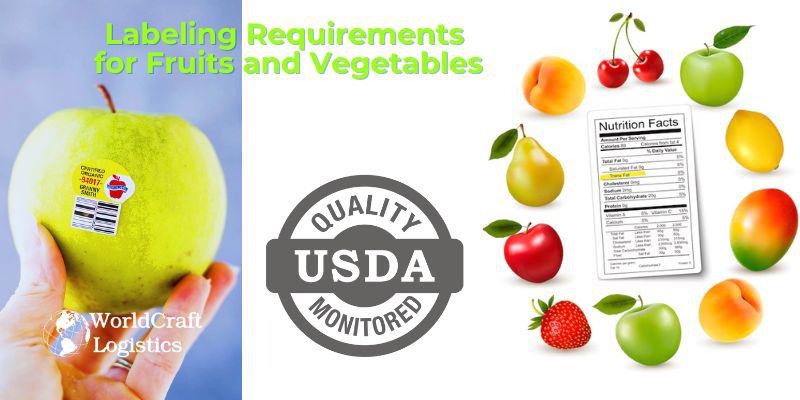
While the mode of shipment can influence regulatory measures, certain standards apply universally to all fruits and vegetables irrespective of packaging methods. Notably, imported produce necessitates a clear label denoting its country of origin, regardless of whether it's bundled, boxed, or sold individually.
For those intending to import organic fruits or vegetables, understanding the stipulations regarding organic labeling is imperative. Any product laying claim to organic status must prominently display the USDA Organic Seal, accompanied by an affirmation of authenticity identifying the certifying agent responsible for deeming the product organic.
The United States is known as a populous country with a strongly developed economy, so the consumption of food items such as fruits and vegetables has also increased. So which country supplies the most fruit to the United States? Below are the ratings for your reference
Country | Cost of Fruit (USD) | Percentage of US-Imported Fruits |
Mexico | $8.8 billion | 43.5% |
Peru | $2.2 billion | 10.7% |
Chile | $2 billion | 9.8% |
Guatemala | $1.4 billion | 6.7% |
Costa Rica | $1.1 billion | 5.2% |
Vietnam | $795.8 million | 3.9% |
Canada | $510.4 million | 2.5% |
Ecuador | $492.7 million | 2.4% |
Honduras | $364.1 million | 1.8% |
Columbia | $326 million | 1.6% |
*In addition, Mexico has consistently held its position as the primary supplier of vegetables to the United States since 2019. Notably, tomatoes rank among the top products imported from Mexico, constituting 31% of the global share imported into the United States.
Num. | Name | Type | Description |
1 | Wismettac Asian Foods, Inc. | Importer | Wismettac Asian Foods, Inc., established in Kobe, Japan in 1912, stands as one of North America's most seasoned importers, wholesalers, and distributors of frozen foods, fruits, and vegetables from Asia. With 19 branches and 5 satellite offices spanning the United States and Canada, our company boasts a workforce of over 900 dedicated employees.
|
2 | Global Green USA Ltd. | Importer | Global Green USA Company is a premier producer of fresh and processed fruits and vegetables, serving customers in 50 countries, including renowned brands worldwide. Our mission is to promote health and happiness through wholesome food.
|
3 | Jorday Foods International LLC | Importer | Jorday Foods International LLC is a prominent import company in the USA specializing in vegetables, fruits, nuts, and other edible products, including sliced carrots.
|
4 | E. Bryant Services | Importer | E. Bryant Services strives to enhance global trade by optimizing sourcing and distribution. Focus is on securing reliable suppliers, negotiating competitive prices, and maintaining product quality. Ensure swift deliveries and minimize transit times, providing a seamless experience for costumes.
|
5 | Worldcraft Logistics LLC. | Importer | Worldcraft Logistics LLC is a seasoned fruit and vegetable import company with over 10 years of experience sourcing products from various regions. This is also a company specializing in 3Pl and logistics in California, serving more than 1,000 customers and all receiving positive reviews about them. Notably, the fruit and vegetable import service into the USA ensures that your shipment arrives safely and maintains freshness. CONTACT NOW
|
6 | YAAX International Inc. | Supplier | Freshly harvested fruits and vegetables are quickly processed and frozen to maintain premium quality, safety, and extend shelf life. Our frozen products include a variety of fruits like Acai, Pineapple, Mango, and vegetables like Asparagus, Bell Peppers, and Spinach, available in various packaging options.
|
7 | Kore20 LLC | Supplier | Established in 2020, Kore20 LLC specializes in exporting a wide range of products including edibles, grains, organic products, coffee beans, spaghetti, wood pellets, sunflower oil, chicken feet, frozen pork, ducks, lamb fat tail tallow, fish meal, soybean meal, and meat bone meat.
|
8 | Echo International Co. | Supplier | Echo International Co., established in 2004, exports quality fruits and vegetables worldwide. With over 50 years of experience, we meticulously inspect every shipment to meet our high standards. Serving clients across Asia, South America, Europe, and the Middle East, we offer efficient air and sea shipping options using the latest technology to ensure product quality upon delivery.
|
9 | Gerardjoseph LLC | Supplier | Established in 2022, Gerardjoseph LLC specializes in exporting a variety of products including vegetables, fruits, protein, frozen chicken, meat, and seafood.
|
10 | Green Tree Trading Company LLC | Supplier | Established in 2014, Green Tree Trading Company LLC specializes in exporting a wide range of products including: HMS scrap, charcoal, wheat, sugar, milk, and soybeans, fruits & vegetables.
|
Finding specific importers, supplier can be challenging as it often involves proprietary databases or direct industry contacts. However, you can start by looking at trade directories, industry associations, or government resources. Here are some steps you can take:
USDA Foreign Agricultural Service: Check their website or contact them directly for importers' lists.
Remember to verify the credibility of any sources you find and ensure compliance with any regulations or legal requirements when contacting potential importers.
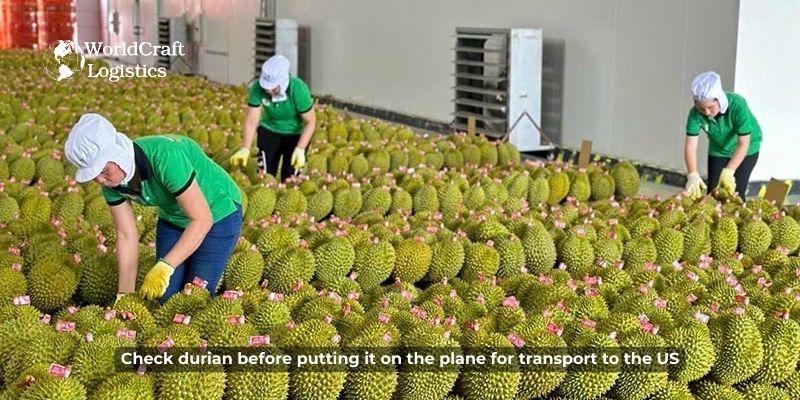
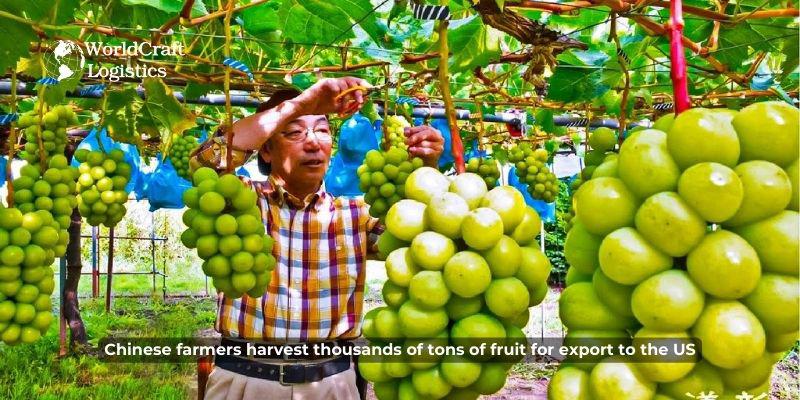
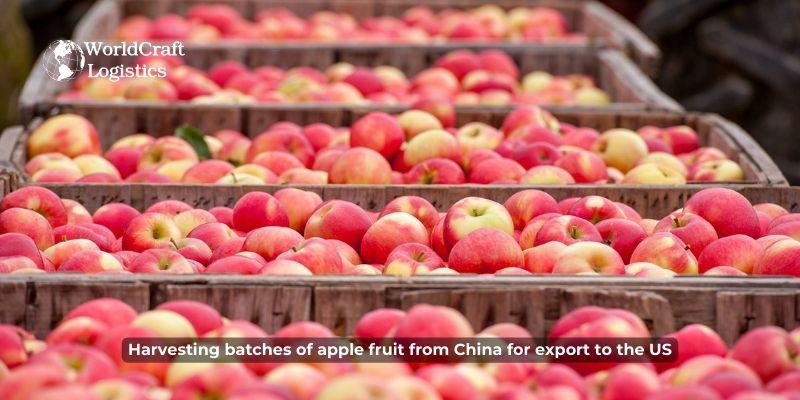
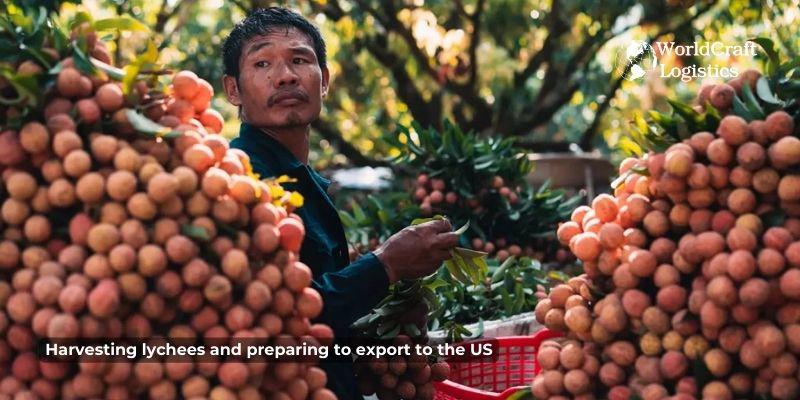
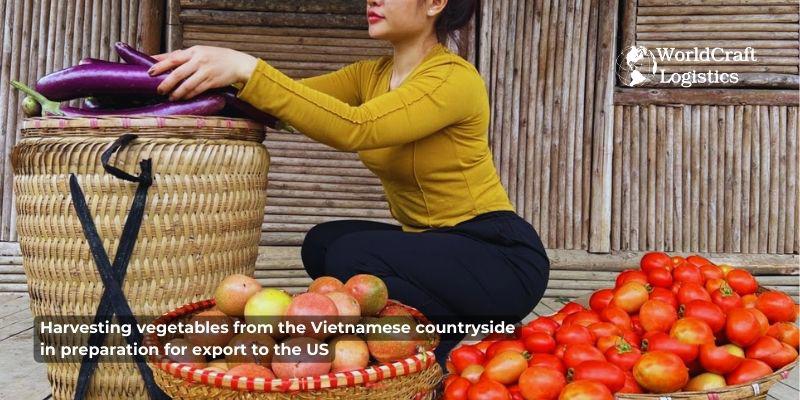
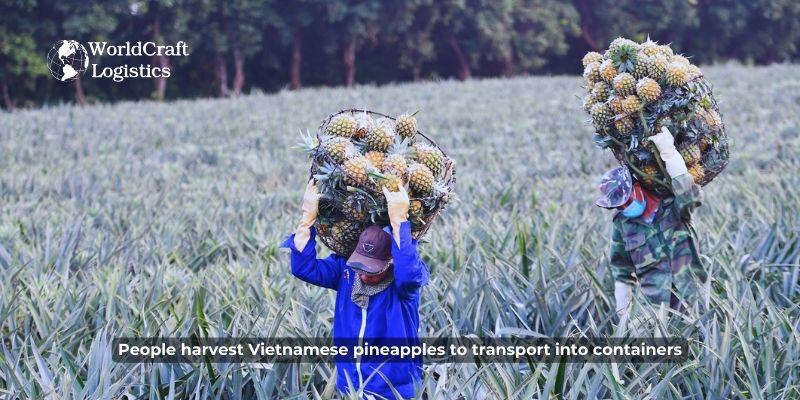
Importing fruits and vegetables into the United States can be both challenging and rewarding. It offers an opportunity to expand market reach and deliver fresh produce from around the world to American consumers. By understanding regulations, food safety standards, and import procedures, success in entering the U.S. market can be achieved. Utilize available resources and expert advice while ensuring compliance with legal regulations and food safety standards to ensure business success and customer satisfaction. Best of luck in your journey of importing and delivering fresh produce to the U.S. market!
SEO
Digital Marketing/SEO Specialist
Simon Mang is an SEO and Digital Marketing expert at Wordcraft Logistics. With many years of experience in the field of digital marketing, he has shaped and built strategies to effectively promote Wordcraft Logistics' online presence. With a deep understanding of the logistics industry, I have shared more than 300 specialized articles on many different topics.
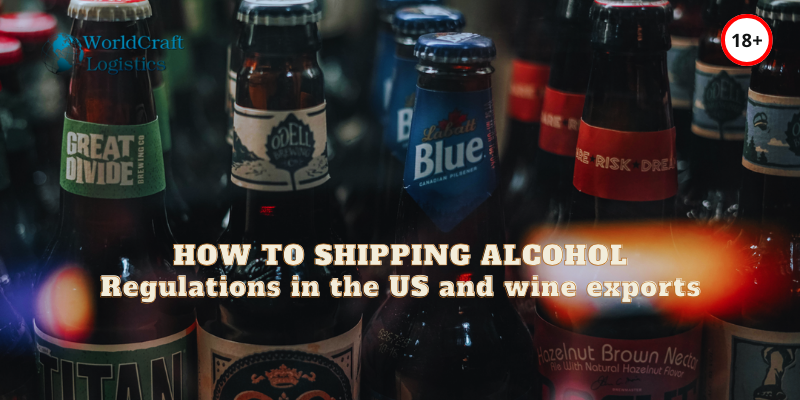
Shipping
12/21/2023
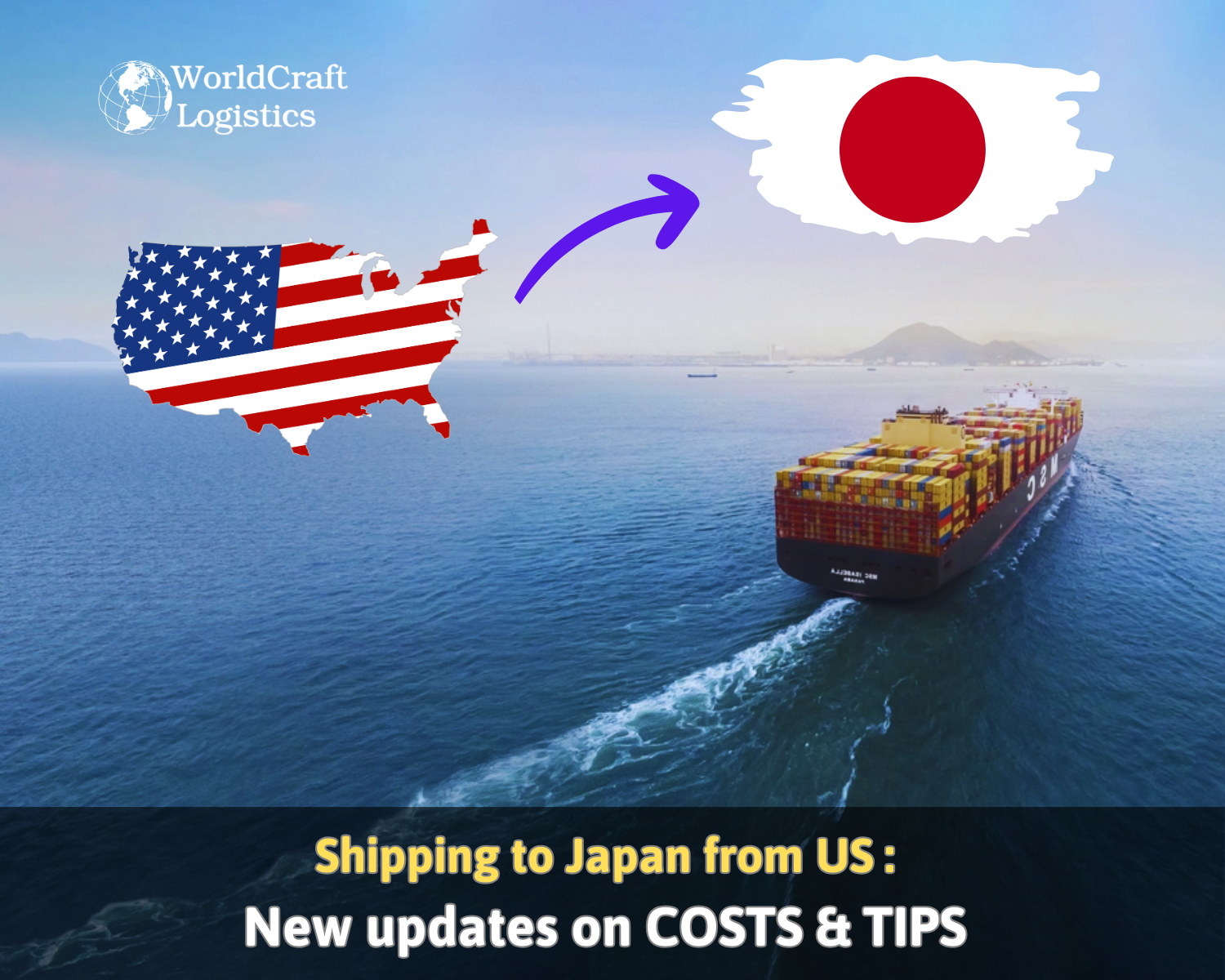
Shipping
02/28/2024

Shipping
12/24/2023
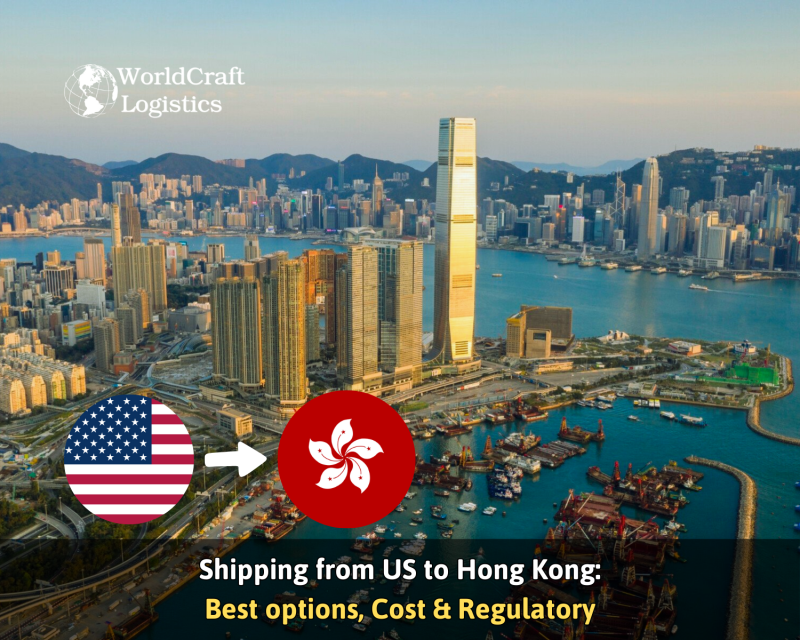
Shipping
04/02/2024

Shipping
11/04/2024